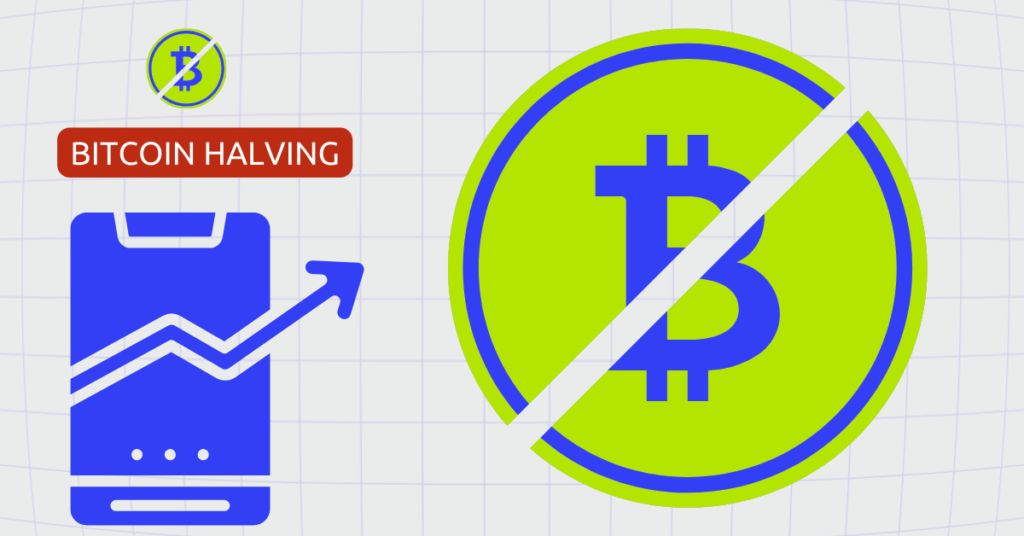Today is Bitcoin halving!
Today, Bitcoin is experiencing its fourth block reward halving, which is a significant event in Bitcoin's history. Each halving reduces the reward for mining a new Bitcoin block by half, impacting the supply of this digital currency. This time, the reward will drop from 6.25 BTC to 3.125 BTC per block.
Volatility before halving
Before BTCHalving2024, Bitcoin had some ups and downs. The price fell to $59,685, but then rebounded above $65,000. Geopolitical tensions, such as the situation in Israel and Iran, add to this volatility and show how global events can affect Bitcoin's value.
Unlike past halvings, which often resulted in large price spikes, this one brought stability. Still, Bitcoin steadily rose, rising from $15,500 in late 2022 to a high of $73,680. Factors such as the approval of spot Bitcoin ETFs in the US fueled this rally.
Read more: Bitcoin ETF loses $55 million: Market correction or sign of trouble?
Analysts have mixed opinions…
Analysts have differing views on the potential impact of the halving on Bitcoin's price trajectory. While some are predicting a rally after the halving, others like JPMorgan are warning that Bitcoin could fall due to an “overbought situation.” According to Goldman Sachs, the success of previous halving cycles depended on supportive macroeconomic conditions.
What makes this half-life different?
What makes this halving unique is that Bitcoin's hash rate, the computing power used to mine and secure the network, will likely remain unchanged. When the hashrate was cut in half in the past, there was a short-term drop, but an immediate rise occurred. This time, only minor changes are expected. The approval of Bitcoin ETFs in the US has accelerated project development and business adoption, leading to increased demand for Bitcoin.
However, there are still issues that make Bitcoin vulnerable to future geopolitical tensions, regulatory changes, and technological flaws. However, it continues to attract investors from around the world and solidify its role in finance.
Read more: Bitcoin price rises first: Analysts predict 15-20% surge after breakout
what to expect Next?
The halving reduces the supply of new coins, leaving Bitcoin in a deflationary state. This can be difficult for short-term traders as the market excitement is already priced in. But Bitcoin's long-term future depends on continued investment, not short-term ups and downs.


